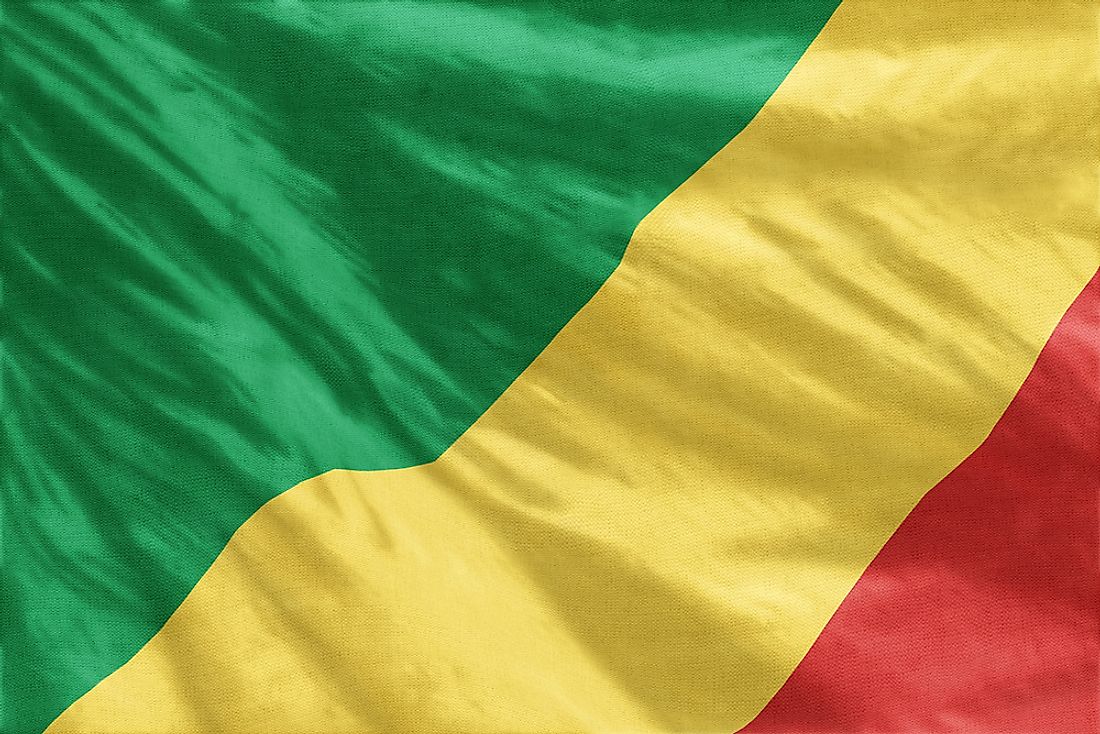What Type Of Government Does The Republic Of The Congo Have?

The Republic of the Congo is one of the Central African countries. It borders Gabon, Cameroon, CAR, and the DRC. The Congo, a former colony of the French Congo, attained independence in 1960 becoming a republic. Congo was a single party state between 1970 and 1991 with the first multi-party election held in 1992. A government that was democratically elected was ousted in 1997 in a civil war with the former president, Denis Sassou Nguesso, reestablishing himself as the president for the second time. He has since been in power for 27 of the past 37 years. Congo’s political stability in recent years and the development of hydro power has led to relative success despite the instability in some of the areas.
Government And Politics
Congo has been a multi-party state since 1992. However, President Nguesso has dominated the multi-party system and has lacked serious opponents in all the presidential elections held under his leadership. The country’s politics take place in the context a presidential republic with the president heading both the state and the government. However, following the successful referendum and the approval of the new constitution in 2015 which created the position of the prime minister, Congo is now a semi-presidential republic. Like most of the democratic republics, the government of the Republic of Congo has three branches; executive, legislative, and judiciary.
The Executive Branch Of The Government Of Congo
Following the 2015 constitutional referendum, the Republic of Congo became a semi-presidential republic with the president heading the state and the prime minister being in charge of the government affairs. The executive comprises of the president together with the prime minister, and ministers. The president is elected to a maximum of three five-year terms. The prime minister together with the ministers is appointed by the president. The president is also in charge of the international relations and protects the country against external aggressors. The prime minister directs all the affairs of the government and presides over the Council of Ministers in the absence of the president. The Council of Ministers is responsible for coordinating and directing affairs of their respective ministries.
The Legislative Branch Of The Government Of Congo
The legislative power is exercised by the government and the two levels of parliament. The parliament is bicameral consisting of the lower and the upper houses known as National Assembly and the Senate respectively. The members of the National Assembly are elected to a five-year term. The Senate has 203 members who are elected to a six-year term with 137 members elected directly in single-member constituency while 66 members are elected indirectly by the regional governing council. The legislatures are responsible for policy making and approval of some of the presidential decisions such as the declaration of war.
The Judicial Branch Of The Government Of Congo
The Congo’s judicial system is independent of the executive and the legislature. However, the current regime has been accused of micromanaging the courts despite the independence of the judiciary. The Supreme Court, known as the Cour Supreme, is the highest court in Congo. The parliament elects the judges who are then appointed by the president. The judges do not have term limits. There are also traditional courts, especially in rural areas, which are presided over by the chiefs and village elders.







